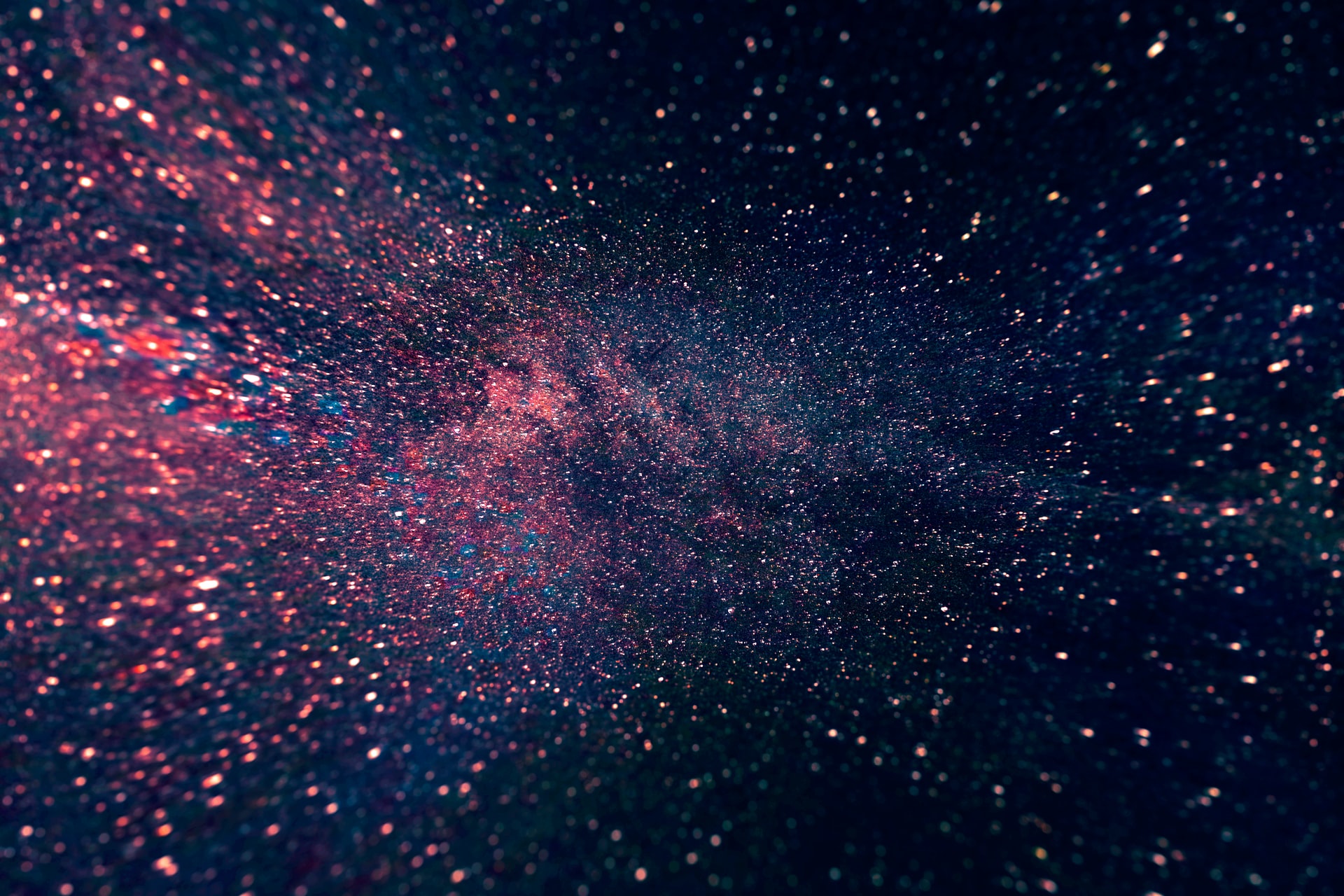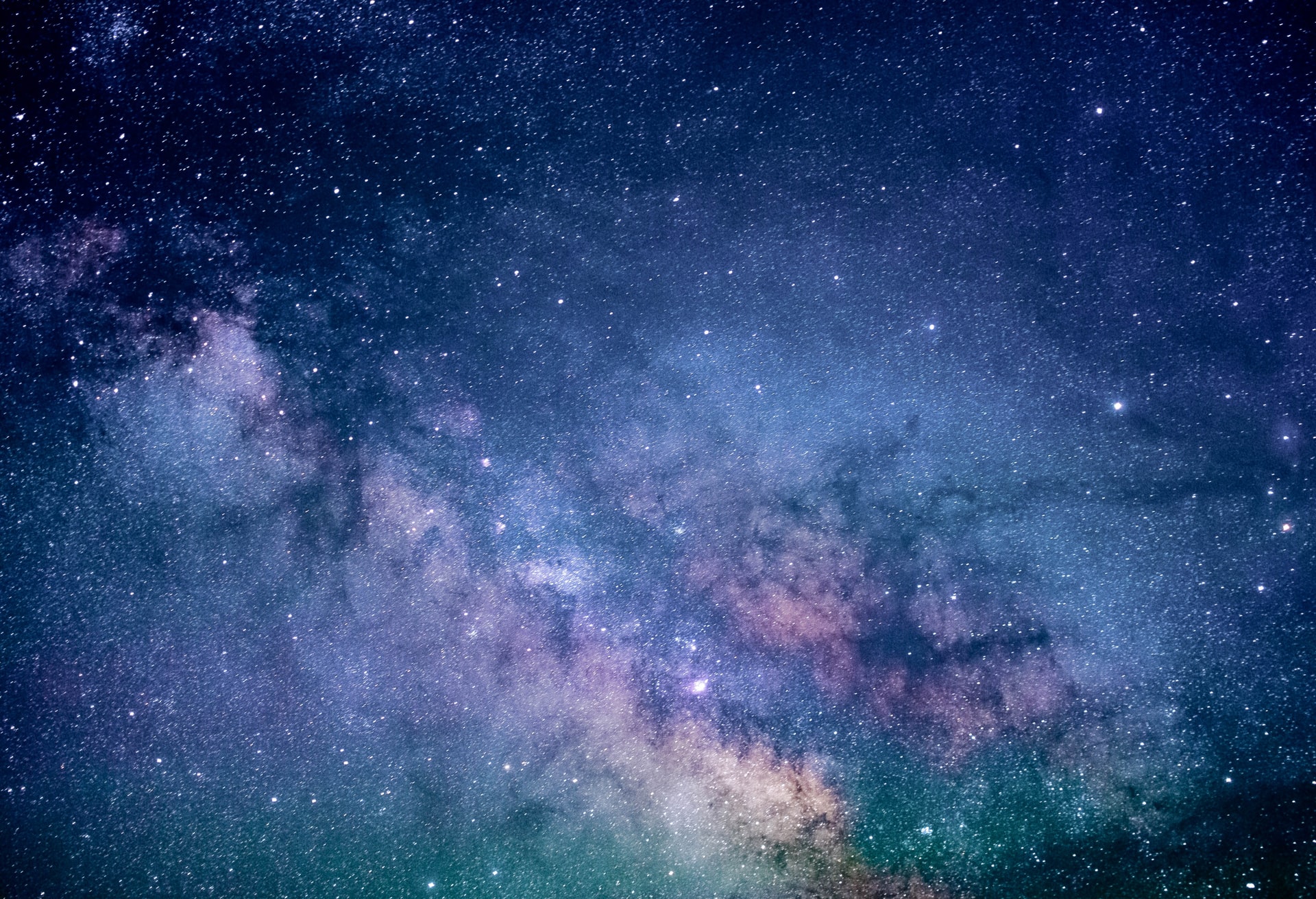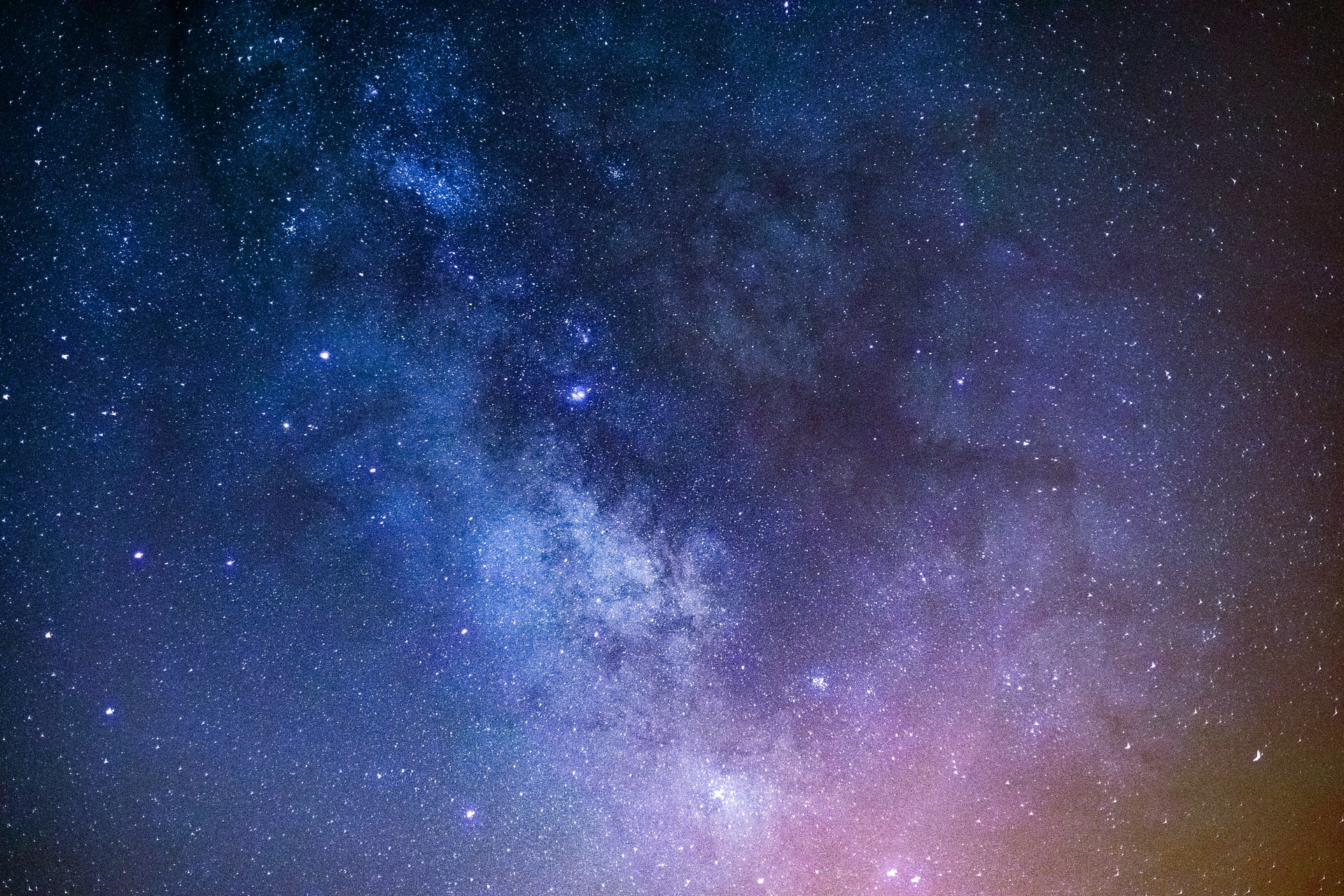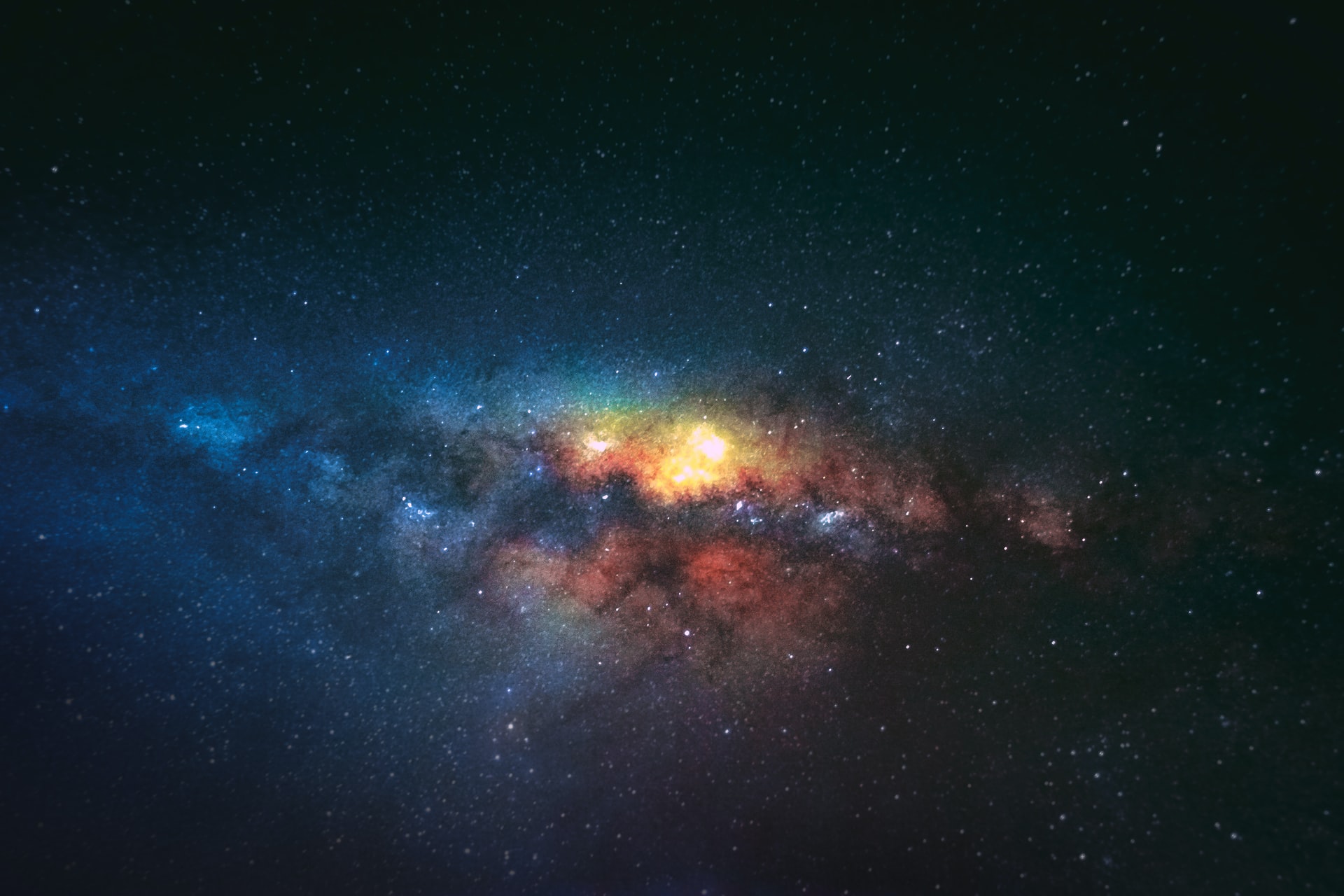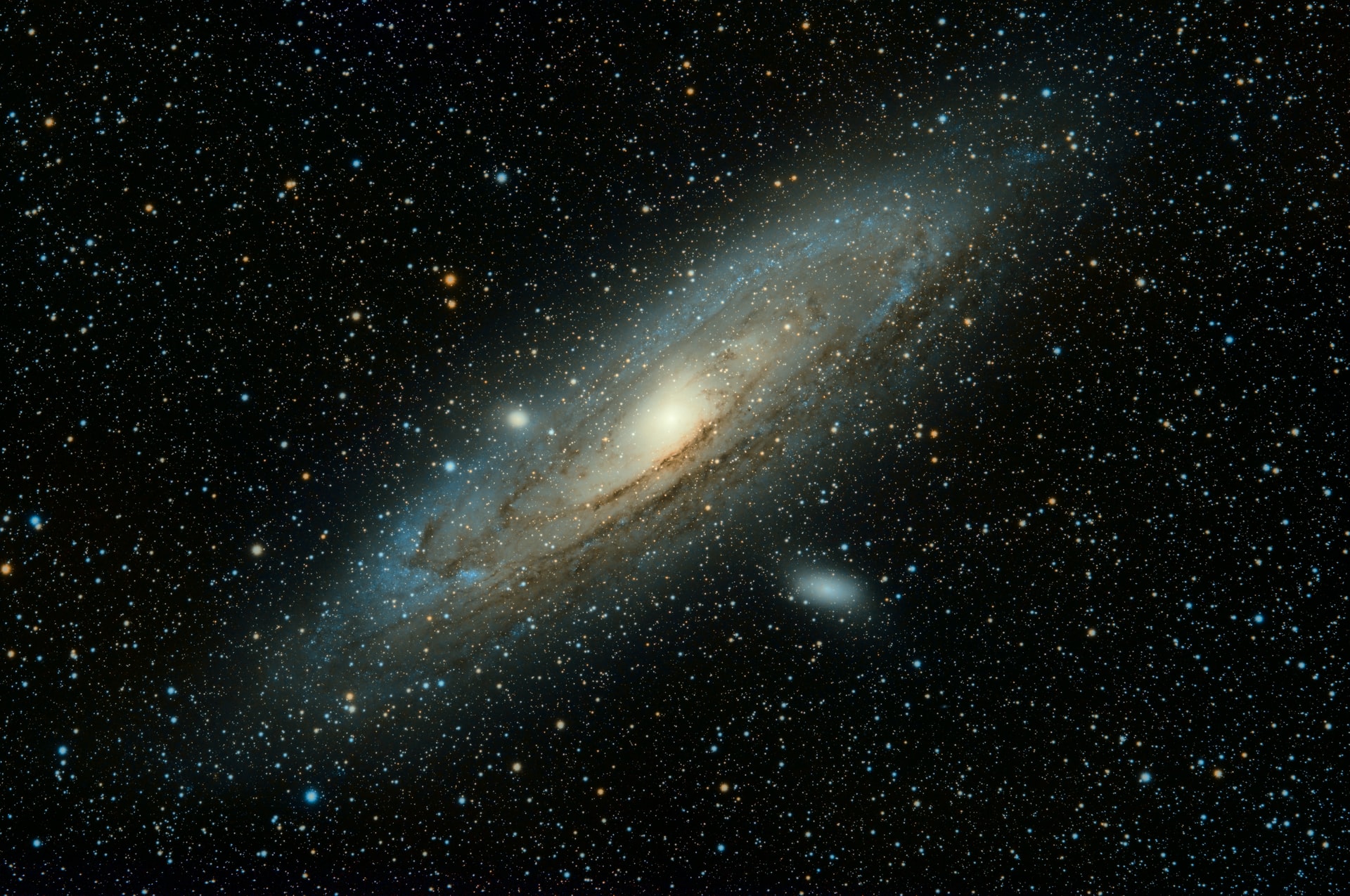
Space is the boundless three-dimensional extent in which objects and
events have relative position and direction. In simple words ..
Space, also known as outer space, is the near-vacuum between celestial bodies.
It is where everything (all of the planets, stars, galaxies and other objects)
is found. On Earth, space begins at the Kármán line (100 km above sea level).
This is where Earth's atmosphere is said to stop and outer space begins.
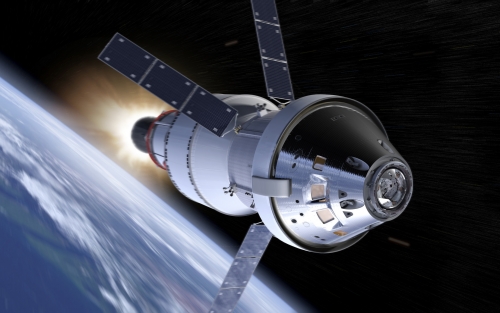
Humans have always looked up into the night sky and dreamed about space. In the latter half of the 20th century, rockets were developed that were powerful enough to overcome the force of gravity to reach orbital velocities, paving the way for space exploration to become a reality. On Oct. 4, 1957 , the Soviets launched the first artificial satellite, Sputnik 1, into space. Four years later on April 12, 1961, Russian Lt. Yuri Gagarin became the first human to orbit Earth in Vostok 1. The first U.S. satellite, Explorer 1 , went into orbit on Jan. 31, 1958. In 1961, Alan Shepard became the first American to fly into space. The International Space Station is a research laboratory in low Earth orbit. With many different partners contributing to its design and construction, this high-flying laboratory has become a symbol of cooperation in space exploration, with former competitors now working together.
Modern space exploration is reaching areas once only dreamed about.
Mars is focal point of modern space exploration, and manned Mars
exploration is a long-term goal of the
United States.
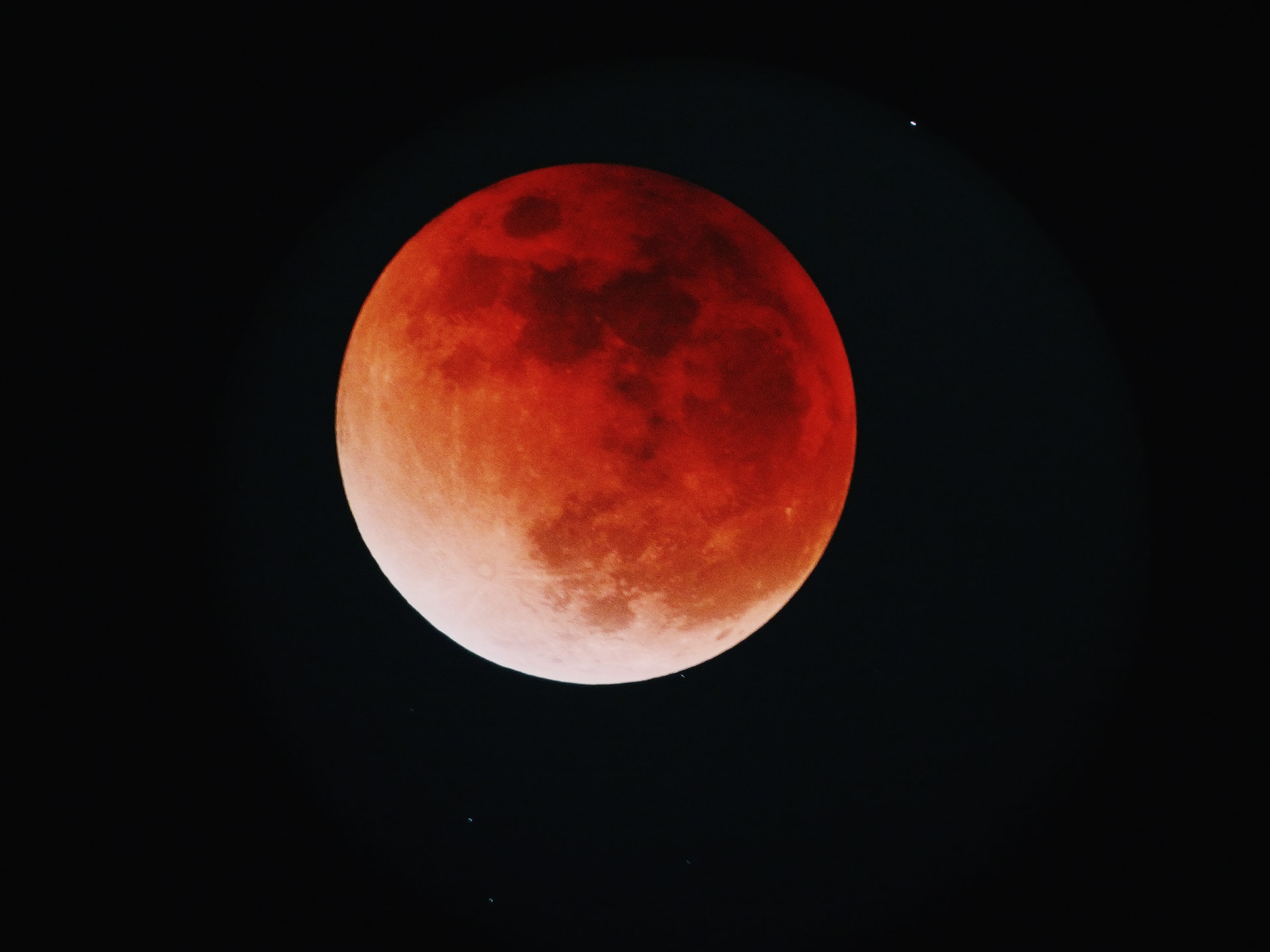 NASA is on a journey to Mars, with a goal of sending
humans to the Red Planet in the 2030s. NASA and its partners have sent orbiters,
landers, and rovers, increasing our knowledge about the planet.
NASA is on a journey to Mars, with a goal of sending
humans to the Red Planet in the 2030s. NASA and its partners have sent orbiters,
landers, and rovers, increasing our knowledge about the planet.
Died: March 27, 1968, Novoselovo, Russia
Space missions: Vostok 1
Nationality: Soviet
Spouse: Valentina Gagarina (m. 1957–1968)
Children: Yelena Yurievna Gagarina, Galina Gagarina
On April 12, 1961, aboard the spacecraft Vostok 1, Soviet cosmonaut Yuri Alekseyevich Gagarin becomes the first human being to travel into space. During the flight, the 27-year-old test pilot and industrial technician also became the first man to orbit the planet, a feat accomplished by his space capsule in 89 minutes. Vostok 1 orbited Earth at a maximum altitude of 187 miles and was guided entirely by an automatic control system. The only statement attributed to Gagarin during his one hour and 48 minutes in space was, “Flight is proceeding normally; I am well.” The triumph of the Soviet space program in putting the first man into space was a great blow to the United States, which had scheduled its first space flight for May 1961.
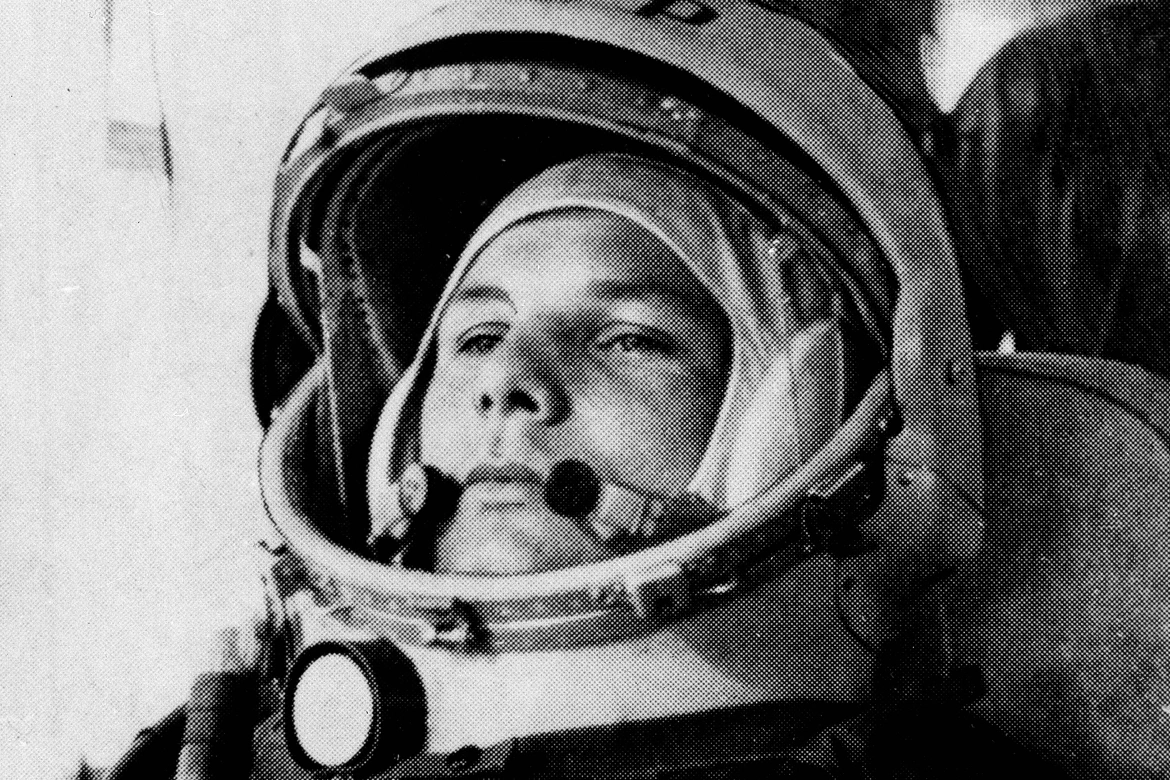
-
1 > ONE MILLION EARTHS CAN FIT INSIDE THE SUN
The Sun is large enough that approximately 1.3 million Earths could fit inside (if squashed in) or if the Earths retained their spherical shape then 960,000 would fit. But can you visualise that number of Earths?
-
2 > THE SUNSET ON MARS APPEARS BLUE
Just as colors are made more dramatic in sunsets on Earth, sunsets on Mars, according to NASA, would appear bluish to human observers watching from the red planet.
-
3 > THE HOTTEST PLANET IN OUR SOLAR SYSTEM IS 450° C
Venus is the hottest planet in the solar system and has an average surface temperature of around 450° C. Did you know that Venus isn't the closest planet to the sun? That is Mercury. You would think that Mercury would then be the hottest, but Mercury has no atmosphere (which regulates temperature), resulting in big fluctuations.
-
4 > ONE DAY ON VENUS IS LONGER THAN ONE YEARVenus has a slow axis rotation which takes 243 Earth days to complete its day. The orbit of Venus around the Sun is 225 Earth days, making a year on Venus 18 days less than a day on Venus
-
5 > SPACE IS COMPLETELY SILENTThere is no atmosphere in space, which means that sound has no medium or way to travel to be heard.
-
6 > THERE IS A PLANET MADE OF DIAMONDSThere’s a planet made of diamonds twice the size of earth The "super earth," aka 55 Cancri e, is most likely covered in graphite and diamond
-
7 > THERE ARE MORE TREES ON EARTH THAN STARS IN THE MILKY WAYThere are about three trillion trees on Planet Earth, and between 100-400 billion stars, approximately, in the galaxy.
-
8 > THERE ARE MORE STARS IN THE UNIVERSE THAN GRAINS OF SANDS ON EARTHThe universe extends far beyond our own galaxy, The Milky Way, which is why scientists can only estimate how many stars are in space. However, scientists estimate the universe contains approximately 1,000,000,000,000,000,000,000,000 stars, or a septillion. While no one can actually count every single grain of sand on the earth, the estimated total from researchers at the University of Hawaii, is somewhere around seven quintillion, five hundred quadrillion grains. That is an awfully big sand castle!.
